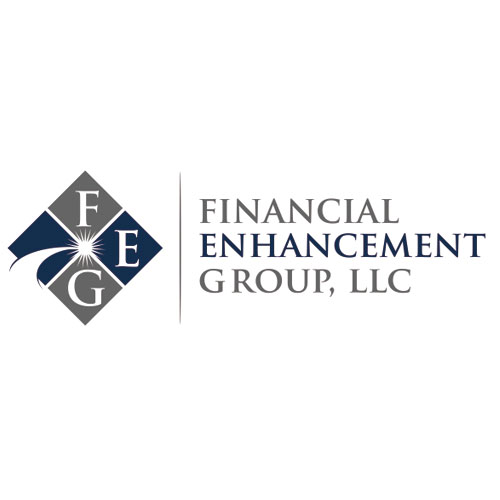[vc_row][vc_column width=”1/4″ offset=”vc_hidden-xs”][vc_widget_sidebar sidebar_id=”sidebar-main”][/vc_column][vc_column width=”3/4″][vc_column_text]
Life recently threw me a curve ball, but this unexpected event in the midst of a well-orchestrated routine ultimately turned into an adventure. And it prompted me to think about the delicate balancing act between the routines that simplify life and the importance of being receptive to change, whether in life or in financial planning.
Routines can simplify many aspects of life. The philanthropic causes we support, the routes of traveling to work, church, and the stores we shop in are all examples of decisions we frequently make on autopilot. Scientists tell us that some routines are beneficial as they enable us to exert less mental energy in the decision making process. That may be true for some decisions, but there are parts of life that just can't be relegated to routine. The world of finance is one of them.
Please don't confuse routine with habits. Always paying off your credit card bill or saving a certain percentage of your income are good habits. A routine relates to practices that we repeat year after year, just because we’ve always done it that way. Taxes and investment statements all too often become matters of routine.
Most of us have taxes withheld from our paychecks throughout the year. While we may complain about withholdings, we don’t put much thought into the process. After the year is over and nothing can be changed, we head to our accountant’s office with financial documents in hand. The accountant processes the necessary forms and advises us how much we owe the taxman or what we can expect as a refund. Then we take the file home and drop it in a drawer. As we are already a quarter of the way into the year, the easy thing to do is to repeat the routine.
Investment statements tend to be considered in a similar manner. When the quarterly statement arrives, we tend to look immediately at the bottom line total. Rarely do investors pause to evaluate individual holdings unless they see a large change that generates emotions and suggests Wall Street profits. The conventional routine has been to sell when the market is down and buy when the market is up.
Whether taxes or investment statements, the complacency of routine can become a perpetuating trap. While last year is history and we’re more than midway through 2016, there is plenty you can still do in support of your financial objectives. There will always be surprises that necessitate changes to your carefully considered financial plans. However, the key is to ensure you are making intentional decisions backed by thoughtful planning and good reason rather than emotion or simple routine. Doing something “the way it’s always been done” is a recipe for disappointment.
Take the time to study how your investment statement and tax return are interconnected. Determine if the investments you have today are aligned with your tax situation and stage in life.
Disclaimer: Do not construe anything written in this post or this blog in its entirety as a recommendation, research, or an offer to buy or sell any securities. Everything in this post is meant for educational and entertainment purposes only. I or my affiliates may hold positions in securities mentioned in the blog. Please see my Disclosure page for full disclaimer.[/vc_column_text][/vc_column][/vc_row][vc_row][vc_column offset=”vc_hidden-lg vc_hidden-md vc_hidden-sm”][vc_widget_sidebar sidebar_id=”sidebar-main”][/vc_column][/vc_row]



